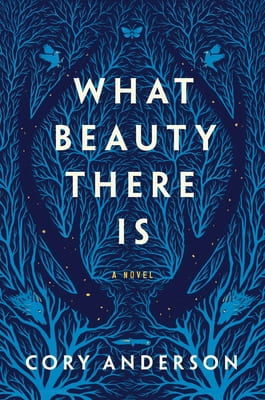Girl on a Plane by Miriam Moss is a Young Adult fictional retelling of high-jackings that occurred during the 1970s by Palestinian guerillas. The author tells in her postscript that she actually experienced these events, and although she had a hard time remembering it, she did her best to retell it in a way that drew readers in.
Fifteen year old Anna is traveling alone, on her way back to boarding school in England, when her plane is hijacked by Palestinian terrorists. The plane is redirected to an airstrip in Jordan, where there is already another plane full of passengers being held hostage. Anna’s plane is kept hostage for four long, agonizing days full of heat and lacking food.
The highjackers didn’t intend to kill any of the passengers; their demands were simply for the English government to release one of their members, and they would release their hostages.
This story is short and simple; it doesn’t have a lot of character-development so you couldn’t really feel for Anna and the boys she befriends on the plane, but you got the main point of the story and understood the events that happened.
I think that my favorite part of the story was after everything had happened, years later, Anna returned to the Jordanian desert where she was held hostage. There was a horse farm instead of an airstrip, and she found the spot where her plane was kept. She stood in that spot and stared out on the horizon, seeing the view that she had watched for four days from the inside of a hot, crowded, smelly airplane.


